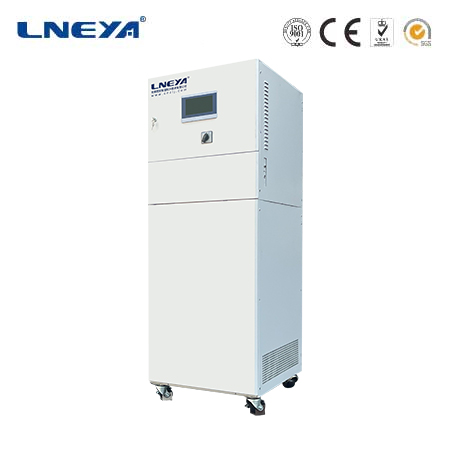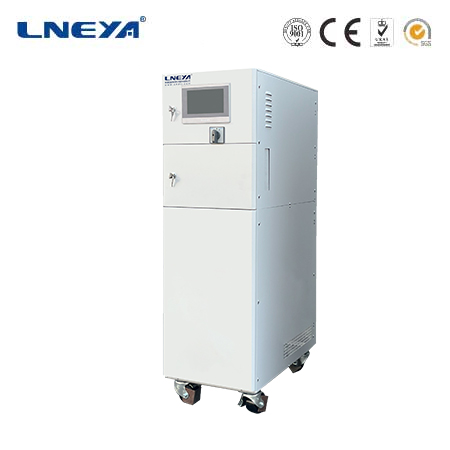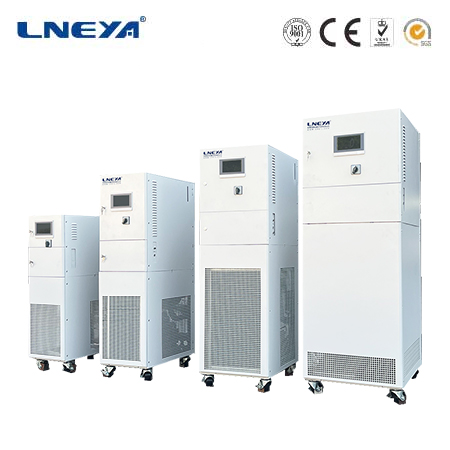cool water chiller
Cool water chillers are crucial for applications where temperature control is necessary, such as in chemical processes, laser machines, and HVAC systems. Chillers can be air-cooled or water-cooled, each with its own set of advantages and considerations.

Air-Cooled Chillers:
Air-cooled chillers use ambient air to dissipate heat from the refrigeration cycle. They are simpler to install as they do not require water sources or冷却塔 for heat rejection. However, they may be less efficient in hot climates or areas with limited airflow.
Water-Cooled Chillers:
Water-cooled chillers rely on water circulated through a heat exchanger to dissipate heat. They are more efficient and can handle larger cooling capacities but require a source of water and a冷却塔 or similar system for effective operation.
Selection Factors:

When selecting a chiller, consider the following:
Cooling Capacity: Ensure the chiller matches the required cooling demand.
Environment: Air-cooled chillers may be more suitable for areas with limited water resources, while water-cooled chillers are ideal for larger facilities with access to water.
Maintenance: Air-cooled chillers typically require less maintenance due to their simpler design, but both types need regular inspections and cleaning.
Energy Efficiency and Environmental Impact:

Both chiller types contribute to energy efficiency in cooling systems. Water-cooled chillers often have higher efficiency ratings but consume water, which requires proper management to minimize waste. Air-cooled chillers do not use water but may have higher energy consumption in certain conditions.
Maintenance and Operation:
Proper maintenance is essential for chiller performance and longevity. This includes cleaning condenser coils, checking refrigerant levels, and ensuring that all components are functioning correctly. Regular maintenance also helps in identifying potential issues before they lead to system failure.
Conclusion:
Choosing between an air-cooled and water-cooled chiller depends on specific application needs, environmental factors, and available resources. Both types play a vital role in providing efficient cooling solutions for various industries. By understanding the operational principles and maintenance requirements of each, users can select the most appropriate chiller system for their cooling needs, ensuring optimal performance and energy efficiency.
Related recommendations
process heating
235Process heating is a fundamental and widely - used concept in the industrial and manufacturing sectors. It involves the use of thermal energy to heat materials to specific temperatures for various...
View detailsheater control system
369IntroductionIn modern heating applications, from industrial processes to residential heating systems, heater control systems play a pivotal role. They are designed to regulate the temperature out...
View detailstemperature in chiller
189Significance of Chiller TemperatureIn industrial applications, an incorrect chiller temperature can lead to product defects, equipment damage, and decreased production efficiency. For instance, i...
View detailsscroll water chiller
692Scroll Water Chiller: Technology and Efficiency Scroll water chillers are a type of HVAC equipment that utilize scroll compressor technology to provide efficient and reliable cooling. These chi...
View details
 LNEYA Thermal Test Chillers
LNEYA Thermal Test Chillers






HelloPlease log in